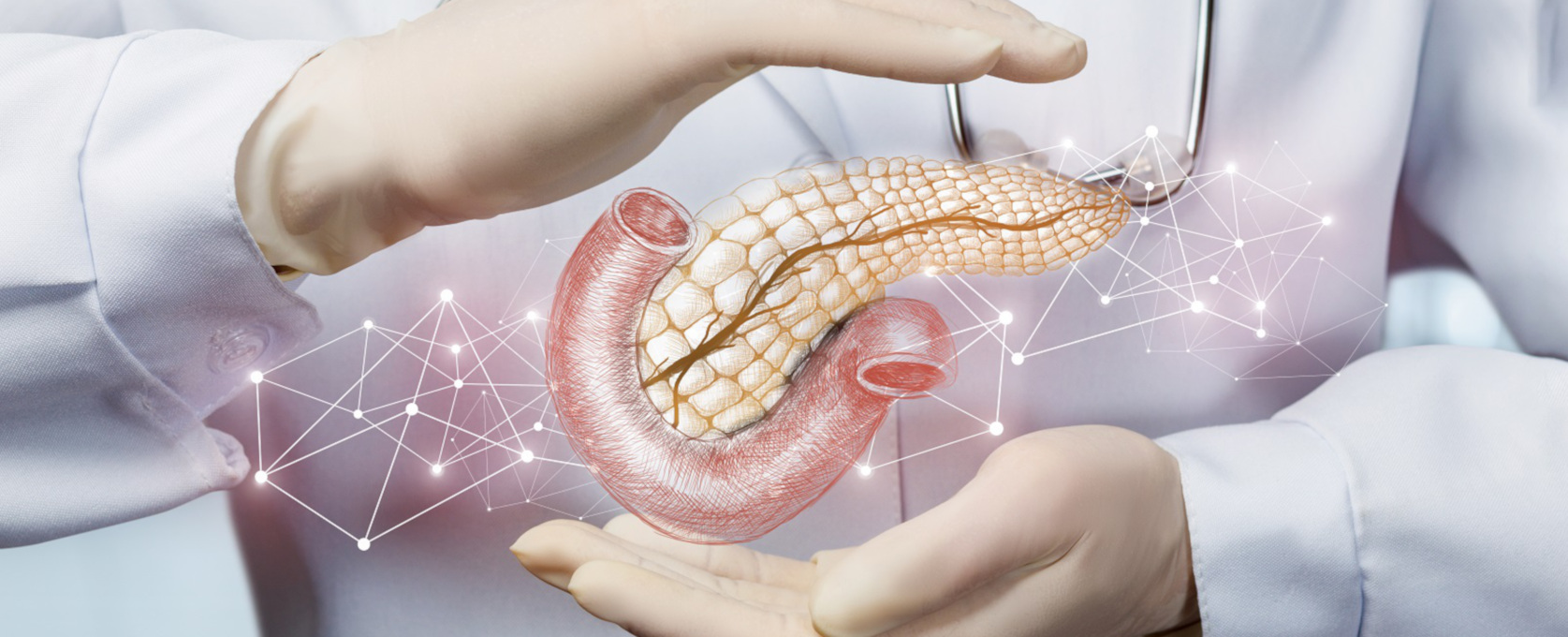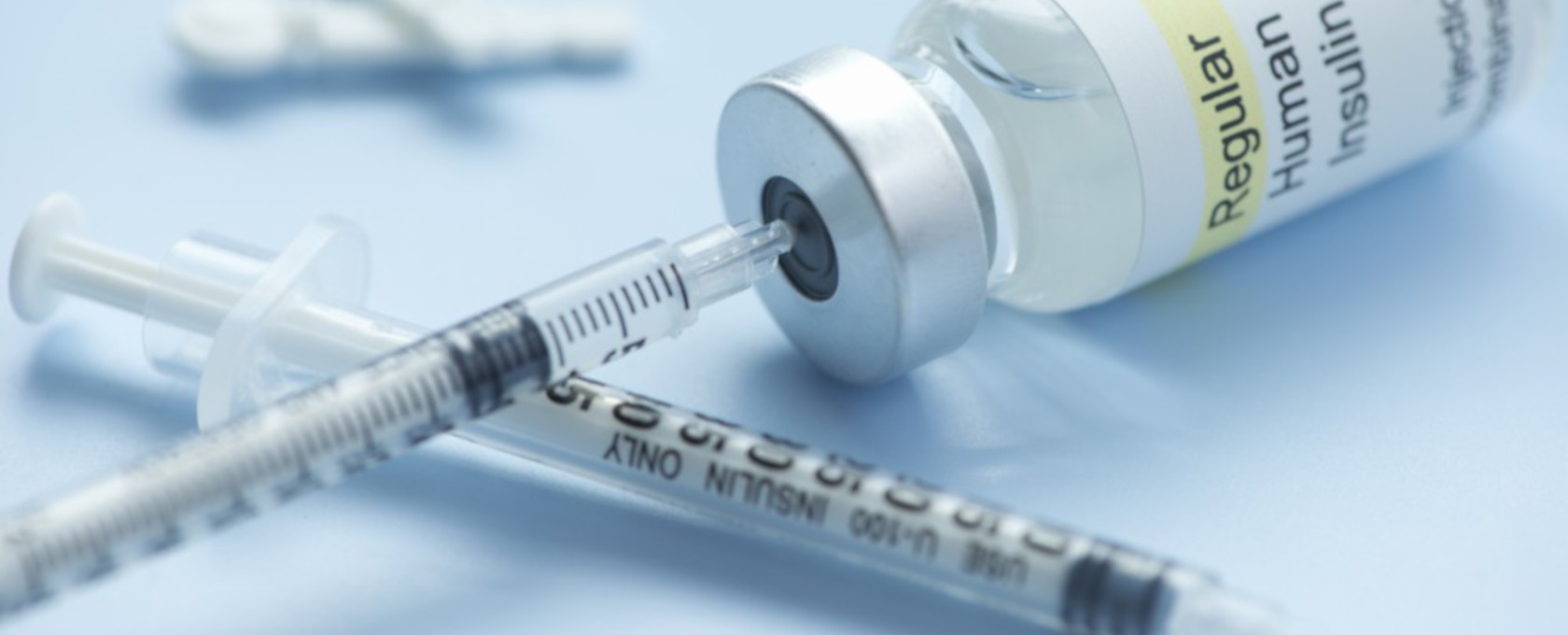
Diabetic neuropathy is a very serious, yet common complication of diabetes types 1 and 2 occurring in up to 34% of patients. It is a type of nerve damage, caused by high blood sugar levels which have not been well controlled over a sustained period of time. Lifestyle factors and high cholesterol levels can also plan a key role in its development. The condition usually develops slowly, sometimes over the course of several decades.
It is common for symptoms of neuropathy to appear gradually. In many cases, the first type of nerve damage to occur involves the nerves of the feet. Most sufferers first complain of painful “pins and needles” in their feet. This is because the most common form of neuropathy is peripheral neuropathy – nerve dysfunction in the feet and legs. In some patients, this also occurs in the arms or hands. Symptoms are varied and can range from mild to severe. These can include:
- tingling or burning sensations
- numbness
- extreme sensitivity to touch
- insensitivity to hot and cold temperatures
- sharp pain or cramping
- muscle weakness
- difficulty with coordination when walking
Diabetic neuropathy can also affect other areas of the body including the eyes, the digestive system, the bladder, the genitals, and even the heart. In these cases, a number of symptoms can occur, such as:
- vision problems, such as double vision
- bloating or fullness
- nausea or indigestion
- diarrhea or constipation
- dizziness
- decreased or excessive sweating
- bladder problems, such as incomplete bladder emptying
- erectile dysfunction
- vaginal dryness
Metabolic Restoration as a form of treatment
Metabolic restoration is a combination of treatments aimed at restoring normal metabolic function. This includes basic things such as weight loss, optimal lifestyle choices, exercise, reduction of alcohol consumption and limiting tobacco use. I may also include medical treatments such as stem cell therapy, hyperbaric oxygen therapy, exosomes therapy, and other supportive treatments. The main player in this group is the so-called Pulsitlie Intravenous Insulin Therapy or PIVIT for short.
PIVIT involves giving a patient pulsed microdose of insulin over a three hour period, while they consumed a precalculated amount of carbohydrates. In diabetic patients, this natural pulsed release of insulins has either completely stopped or is greatly impeded. This therapeutic ‘pulsing’ is thought to restore the natural pulsing actions from the pancreas and increase the cell’s ability to react to insulin. Not only have studies shown an improvement in the diabetic situation of patients receiving PIVIT, but also common complications such as neuropathy, erectile dysfunction, and kidney disease have improved or been resolved.
PIVIT – Promising Results
A 2019 comprehensive review of studies performed using PIVIT observed that in a study of 412 patients treated usings metabolic restoration on a weekly basis over a period of 3 months showed promising results. It is noteworthy that this form of treatment “showed complete elimination or significant reduction of pain in 93% of PDN (Painful Diabetic Neuropathy) patients”. After treatment, 47.5% of patients reported a complete resolution of symptoms, 45.5% reported a significant improvement in symptoms, and 7% reported no difference in symptoms. The report concluded that ” this advancement is a viable treatment option for peripheral neuropathy.”
Hope for Patients with Diabetic Neuropathy
Studies and clinical observations are showing that PIVIT could be a viable option for patients with diabetic neuropathy. This is especially true since there are only 3 approved drugs for the treatment of this painful syndrome.
Combining PIVIT with other supportive therapies aimed at reducing inflammation, reducing oxidative stress and rebuilding damaged tissue could provide a comprehensive treatment program for diabetic patients.
Sources:
Effects of Periodic Intensive Insulin Therapy: An Updated Review. Shu Dong, FNP1, Hien Lau, BSc1 et al. 2019 Elsevier, Current Therapeutic Research 90 (2019) 61–67
Microburst insulin infusion: results of observational studies – carbohydrate metabolism, painful diabetic neuropathy, and hospital/emergency department utilization. Elliott J, Zaias N, Escovar S, et al. J Diabetes Metab Disord Control. 2017;4(4):116-121. DOI: 10.15406/jdmdc.2017.04.00118




